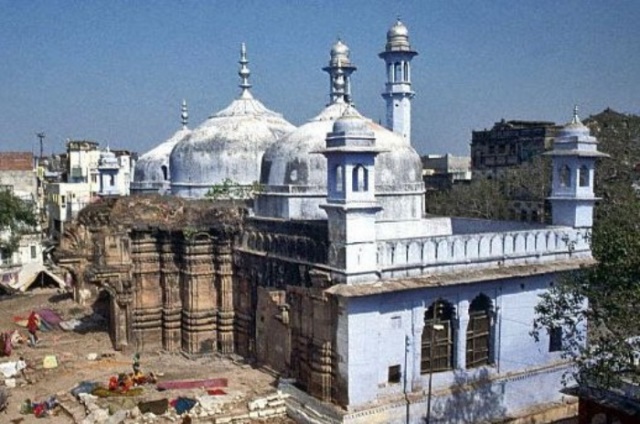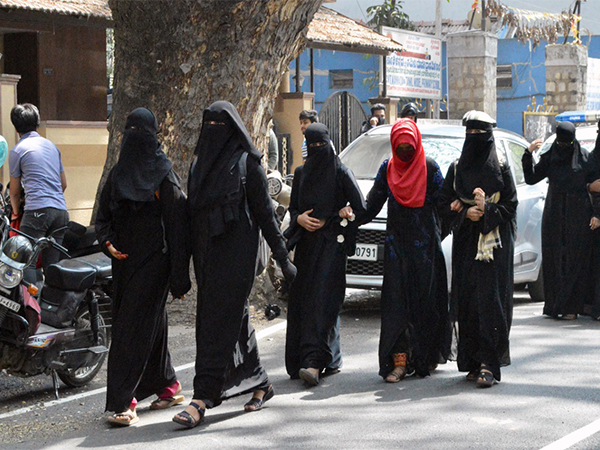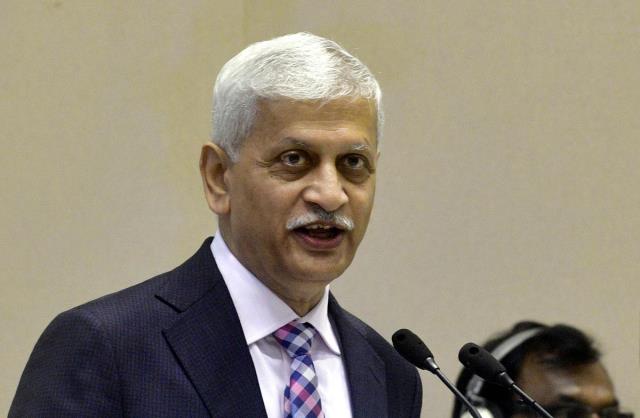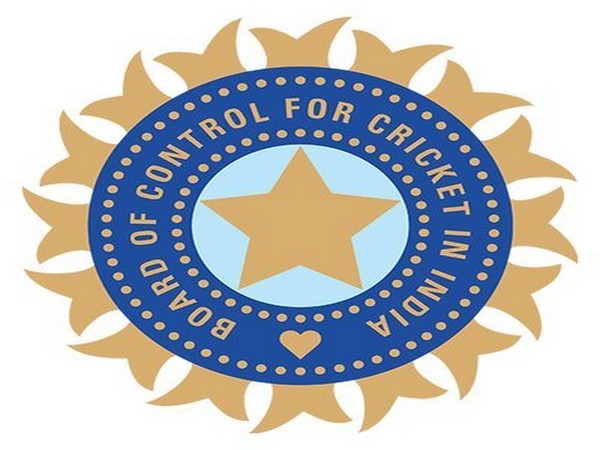Thousands can’t be uprooted overnight, the Supreme Court on Thursday said while putting a stay on the Uttarakhand High Court’s decision ordering the State authorities to remove encroachments from railway land in Haldwani’s Banbhoolpura area.
A bench of Justices Sanjay Kishan Kaul and Abhay S Oka issued notices to the Indian Railways and Uttarakhand government on the pleas.
“There cannot be uprooting of 50,000 people overnight,” said the bench, adding that there has to be segregation of people who have no right on the land and the need for rehabilitation while recognizing the need for railways.
Noting that people are living there for decades, the bench said there should be measures for rehabilitation since the issue involves a human angle.
Posting the case for hearing on February 7, the bench said that it has put to the Additional Solicitor General Aishwarya Bhati that full rehabilitation of the persons in the area is needed.
“Issue notice. In the meantime, there shall be a stay of the directions passed in the impugned order. There should also restrain any more construction or development on the land,” said the bench in its order.
During the hearing, the apex court said, “What is troubling us is how do you deal with a situation where people bought the land in the auction and took possession after 1947 and acquired title. You (railways) may acquire the land but what to do now? People live for 60-70 years some rehabilitation has to be done. There must be a culmination to the issue and we do not encourage what is going on.”
ASG Bhati for Indian Railways said that this strip of land belongs to the railways. Their claim is that it is their land, they are not asking for rehabilitation.
The top court said that maybe all of them cannot be painted with the same brush, and there may be different categories. “But there are people for whom a human angle needs to be considered. Someone will have to examine their documents,” it added.
Bhati said that Kathgodam Railway station does not have any space for expansion and there are 4365 unauthorized occupants.
The Uttarakhand High Court had on December 20 ordered the removal of encroachments from railway land in the Banbhoolpura area of Haldwani after giving notice to the residents one week in advance.
Led by Congress MLA from Haldwani, Sumit Hridayesh, residents of the area approached the Supreme Court on Monday challenging the High Court’s order. Another petition was also filed through advocate Prashant Bhushan.
A total of 4,365 encroachments will be removed from the area. Those facing eviction have been living on the land for many decades.
Residents have been protesting against the removal of encroachments from railway land in compliance with a High Court order.
The petition highlighted that the petitioners are poor people who have been lawful residents of Mohalla Nai Basti, Haldwani district for more than 70 years.
The petition stated that the names of local residents are entered in the municipal records of the house tax register and that they have been paying house tax regularly for years.
There are five government schools, one hospital, and two overhead water tanks in the area. It is further stated that “the long settled physical possession of the petitioners and their ancestors, some even prior to the date of Indian independence, has been recognized by State and its agencies and they have been given gas and water connections and even Aadhaar card numbers accepting their residential addresses.” (ANI)
Read More: http://13.232.95.176





